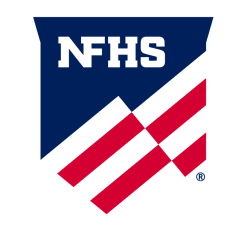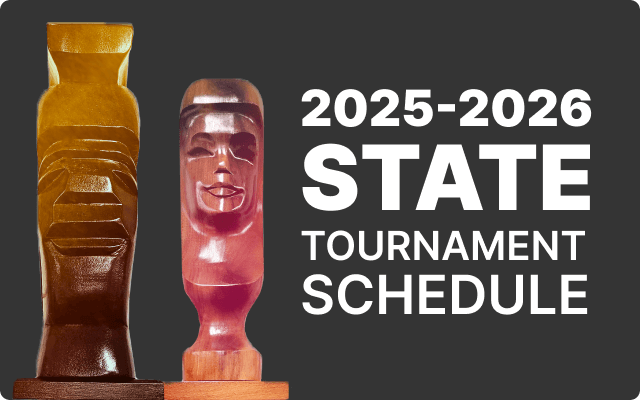
Free Throw Procedures and Foul Administration Amended in 2023-24 High School Basketball Rules Changes
- Rule 2-1-3 establishes the official placement of a shot clock operator at the scorer’s table for those states utilizing the shot clock.
- Rule 3-4-5 clarifies that multiple styles of uniform bottoms may be worn by teammate, but they must all be like-colored and adhere to uniform rules outlined in Rule 3-6-2 regarding logos and trademarks.
- Rule 3-5-6 addresses undershirts and allows teams to wear a single solid color or solid black for visiting teams with dark jerseys. This provides an opportunity for schools with hard-to-find colors to have all players wear a black undershirt.
- Rule 9-3-3 was amended to allow a player to step out of bounds and return to the court if they gain no advantage. A player is penalized only if, after returning inbounds, the player is the first to touch the ball or avoids a violation.
# # #
About the National Federation of State High School Associations (NFHS)
The NFHS, based in Indianapolis, Indiana, is the national leadership organization for high school sports and performing arts activities. Since 1920, the NFHS has led the development of education-based interscholastic sports and performing arts activities that help students succeed in their lives. The NFHS sets direction for the future by building awareness and support, improving the participation experience, establishing consistent standards and rules for competition, and helping those who oversee high school sports and activities. The NFHS writes playing rules for 17 sports for boys and girls at the high school level. Through its 50 member state associations and the District of Columbia, the NFHS reaches more than 19,800 high schools and 12 million participants in high school activity programs, including more than 8 million in high school sports. As the recognized national authority on interscholastic activity programs, the NFHS conducts national meetings; sanctions interstate events; offers online publications and services for high school coaches and officials; sponsors professional organizations for high school coaches, officials, speech and debate coaches, and music adjudicators; serves as the national source for interscholastic coach training; and serves as a national information resource of interscholastic athletics and activities. For more information, visit the NFHS website at www.nfhs.org.









